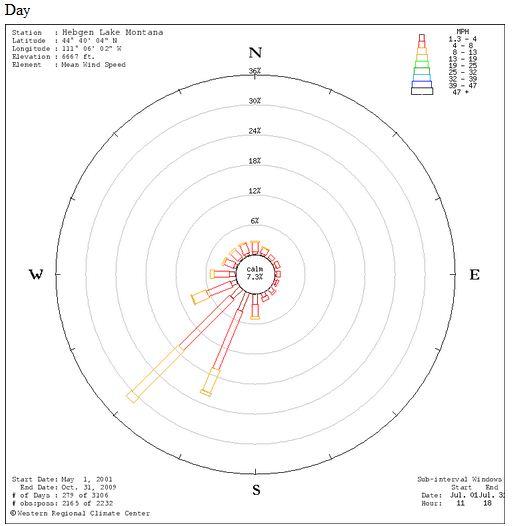The Salt Lake Tribune has an article about the Mill Flat fire that was managed as a “fire use” fire for almost a month, then escaped, ran out of the Dixie National Forest, and burned six homes in New Harmony, Utah on August 29, 2009. Wildfire Today reported on the release of the official review of the incident on April 5.
Cedar City » A crew monitoring a wildfire in Washington County last summer waited too long to summon help, according to a review of the Mill Flat Fire made public recently by the U.S. Forest Service.
But that was just one problem in how the fire was handled.
The wildfire, sparked by lightning in a wilderness area in July 2009, crested a ridge and raced down two canyons into the residential community of New Harmony on Aug. 29. That night the fire destroyed three houses, heavily damaged three others and burned seven other outbuildings and corrals, leaving residents frustrated and angry the fire was not suppressed earlier.
Former town clerk Valene Scobel did not lose property, but was evacuated along with 150 residents that night.
“They let it burn way too long and it got out of hand,” said Scobel. “They mishandled it big time.”
The Forest Service report says fire managers acted reasonably, given their experience and training, and made public safety a priority. Lessons learned from decisions made during the fire should be used to improve future performance, it said.
But after letting the fire burn for weeks to clear out old growth, the fire crew had become “complacent.” A more aggressive containment approach should have been launched much sooner, the report said.
“Personnel new to the incident viewed the same situation with a much greater sense of urgency and recommended additional resources and more aggressive approach,” the document says. “Fire managers thought they had more time before the fire reached New Harmony.”
The fire stated in wilderness area on July 25, and was allowed to burn because it met criteria in the Forest Service’s land management plan for the area. The agency hoped the fire would eventually help re-establish aspen forests. A model projecting how much the fire could potentially spread in four weeks was completed in the early stages but was not updated after the fire grew significantly in August.
“Other fire behavior prediction tools may have shown a greater potential for the fire reaching New Harmony, but were not used,” says the review, adding that a fire behavior analyst was not assigned to the fire.
The report was also critical of the condition of a fuel break established before the fire erupted along the Forest Service boundary with New Harmony. The fuel break was not capable of stopping the fire because of its location, design and vegetation growth. Despite that, once the fire reached the two canyons into town, the inadequate fuel break was the only option to stop the blaze.
Communication between fire managers and the residents of New Harmony was another issue.
“Some state partners did not feel fully engaged in the fire’s management,” the report says. “Some [fire officials] did not speak up when they had concerns.”
Residents also expressed frustration. Some said they “were made to feel silly” by fire officials for being concerned and felt they were fed “propaganda” about the benefits of the fire.


